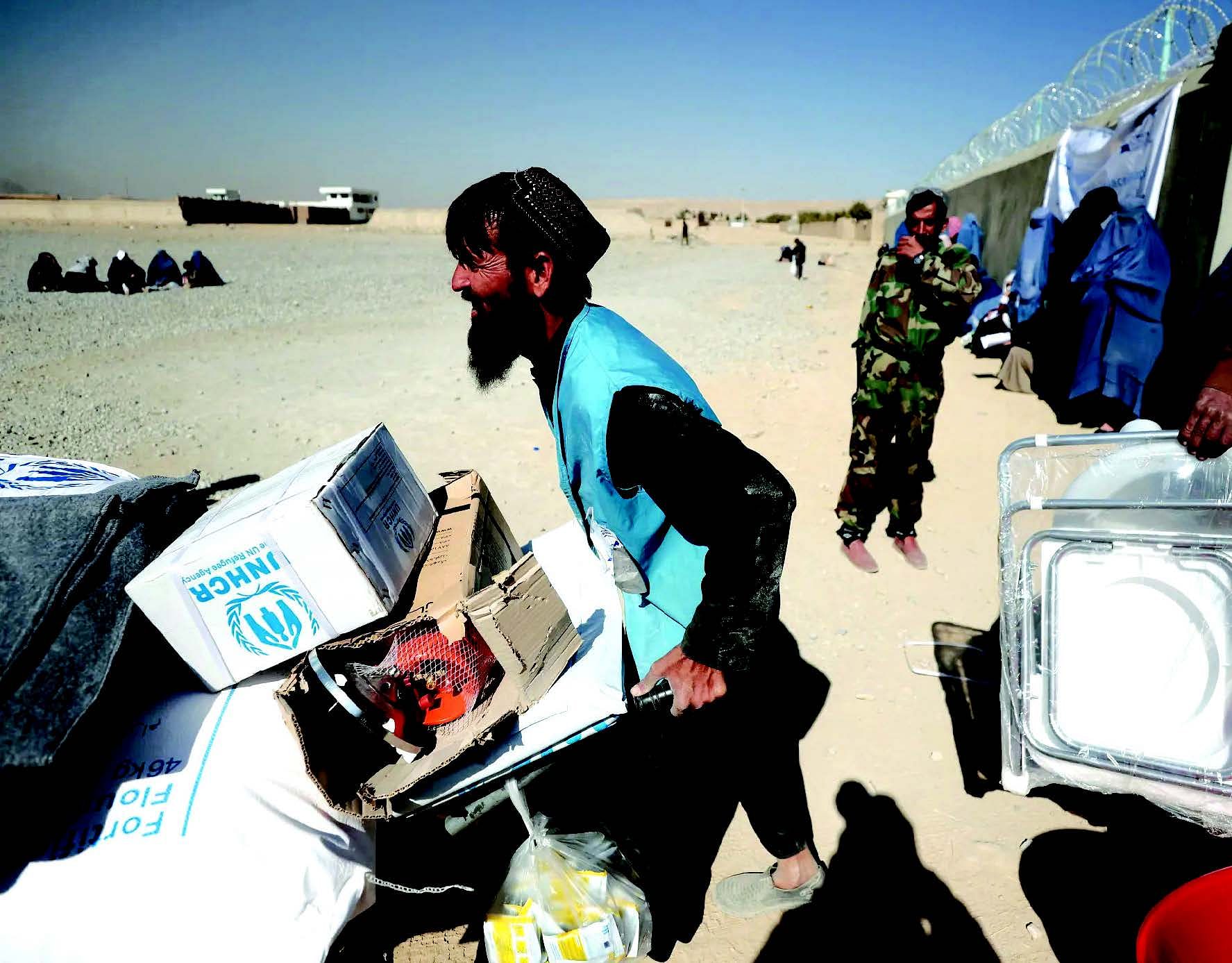Kashmir is a beautiful place, and so is its incredible culture. Kashmiris retain the cultural and traditional beauty of the region, maintaining and adoring themselves by wearing regional dresses and costumes.
Although some costumes have evolved with time and are still worn by the people here, yet, with prosperity, many garment pieces have lost their position to the new fashion trends. One among such lovable costumes is the headdress of women called Kasaba.
Kasaba was a very likable item of our cultural costume but now, regrettably, this item is rarely sighted anywhere in Kashmir. History bears witness to the fact that Kasaba in Kashmir has come from Central Asia.
The word Kasaba is a Persian term means a type of scarf or head cap that women wear. It was also called Kalposh (headgear) which showcases the Persian influence here.
Kasaba (also hood) was embroidered with beads and metallic pendants and was used by married Muslim women in Kashmir. It was padded with a turban and pinned together using brooches. A silk or pashmina veil was pinned to Kasaba. However, nowadays, it is rarely found in our homes with exception to some far flung areas like Tulail, Gurez, Machil, etc.
There were 2 types of Kasaba worn by women in Kashmir. One was Thoud Kasaba (High Headgear) and another was Bonn Kasaba (Low Headgear). The Thoud Kasaba was worn by married women, mostly from affluent families. It was worn like a crown.
And Bonn Kasaba was used by commoners and tribal women and it was like a bandana (handkerchief). The Bonne Kasaba in Kashmir is supposed to be worn by women of artisan fraternity like milkmaids, baker women, vegetable grower women, fisher women, etc who are believed to be illustrious in their work. They wore it to easily place load on their heads.
Once a famous costume of women in the valley, the Thoud Kasaba has almost vanished from the scene. However, Bonn Kasaba which was embroidered with bead and metallic pendants hanging on its front sides of face has got its modern looks.
The best example is Srinagar Mughal gardens where in summers locals adorn tourist women by wearing a unique costume, the head cap of which is our traditional Kasaba in its modern style.
Though the Korabdar Pheran which women wear was not the actual combination of Thoud Kasaba, yet, in the present times, it suits with the Bonn Kasaba. The photographs of it can be found in the albums of the tourists in India and abroad, representing our rich culture and tradition. This costume, so to say, is a fusion of the traditional and the modern dress.
It merits a mention here that Kasaba is actually an ensemble of different gold, silver ornaments like Tikka, Taweez, Hung Taweez, Balhorr, pinned to a red cap having intricate Tille work (silver thread work) and a veil made of Pashmina or silk pinned at top of the Kasaba which descended towards the hair. The two triangular ornaments are called Taweez and the centre ornament is called Tikka and the earrings are called Balhorr.
Kasaba was worn by women in both rural and urban areas. Though the tradition to wear it is completely over now, yet, in far off rural places women still love to wear it in order not to embellish themselves awkwardly with the western costume. In fact, I have myself seen some women wearing Kasaba on my trip to scenic Gurez valley in September, last year.
Not only are the different Kashmiri dresses known to the tourists coming to Kashmir, but they have been showcased time and again in many Bollywood movies such as Kashmir Ki Kali, Jab Jab Phool Khile, etc.
Hence, the world is no stranger to the customs and traditions of the Valley. The veteran actress Sharmila Tagore in the 1964 movie ‘Kashmir Ki Kali’ starred with actor Shammi Kapoor wore Kasaba which made the actor to call her ‘Yeh Chand Sa Roshan Chehra’. Even in
2011 super hit film ‘Rockstar’, actress Nargis Fakri has also worn our traditional Kasaba with embroidered Lehenga.
However, Pandit women didn’t wear Kasaba. They instead wore Sheshlot called Taranga. Both, Kasaba and Taranga represented the pluralistic ethos of Kashmir. As far Taranga, it was quite different a headdress than Kasaba.
It was made of suspended cap and was narrowed down at the backside till heels. Like Kasaba, taranga is also rarely seen anywhere in Kashmir except in some Pandit families where elderly women had preserved it only to depict the Valley’s richness in culture to the younger generation.
The praiseworthy efforts of Late Atiqa Bano (also known as Behan Ji), a renowned educationist of Kashmir from Sopore, must be hailed in extraordinary terms who has protected Kasaba in her Meeras Mahal museum in Shah Hamdan Colony, Sopore.
She has kept both the Thoud Kasaba and Bonn Kasaba in her ethnographic museum to preserve the rich past of the valley which I observed myself on visiting the museum on Jan. 24, this year.
Noted Kashmiri poet, writer and culture lover, Zareef Ahmad Zareef told this writer on phone that his maternal great grandmother would not even bring her Kasaba down while offering Namaz (prayers). She would tie it very tightly.
DISCLAIMER: The views and opinions expressed in this article are the personal opinions of the author.
The facts, analysis, assumptions and perspective appearing in the article do not reflect the views of GK.







